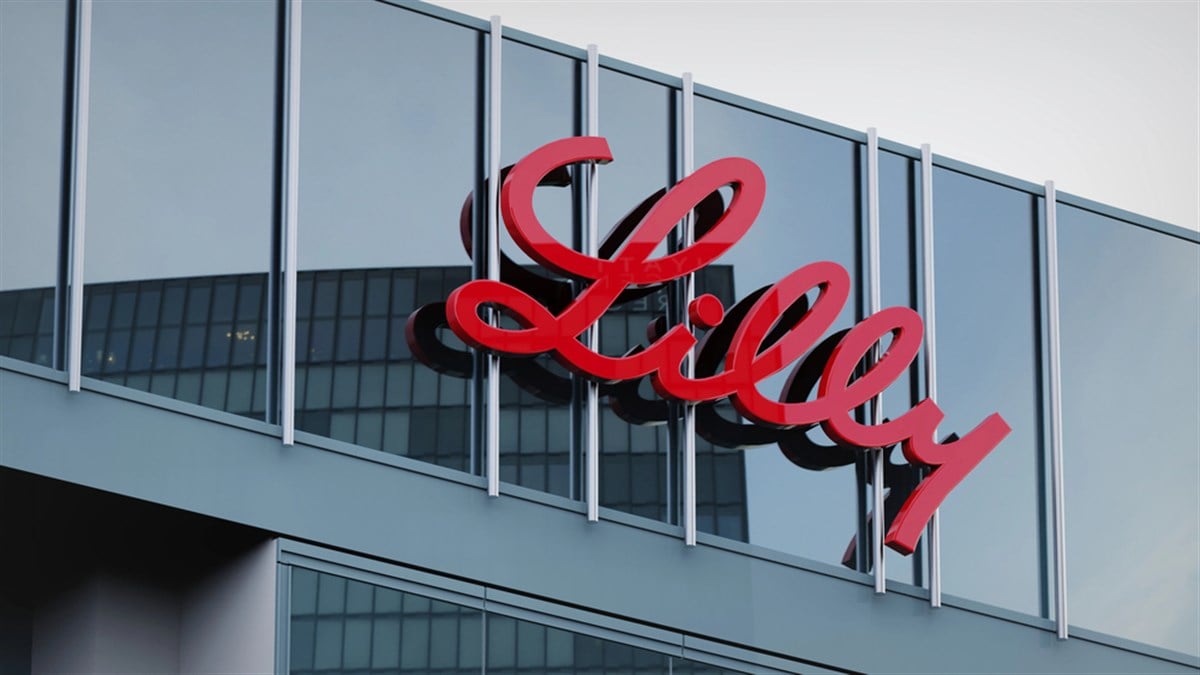
For weight loss drug leaders, the last two weeks have been nothing short of disastrous for shares.
Industry pioneer Novo Nordisk A/S (NYSE: NVO) saw its stock drop nearly 22% on July 29 after lowering its full-year guidance. Then, on Aug. 7, Eli Lilly (NYSE: LLY) shares fell approximately 14%.
The reasoning, however, behind Eli Lilly's decline was much different than Novo's, as the company crushed estimates on its Q2 earnings.
So, what really drove the stock’s plunge, and does it open up a potential opportunity for investors?
Lilly’s Q2 Earnings Bring Beats Across the Board
Lilly’s Q2 earnings, released on Aug. 7, came in strong. The company posted sales growth of $15.6 billion, an increase of 38%. Adjusted earnings per share (EPS) climbed by 61% to $6.31. Both of these figures handily beat out Wall Street estimates.
Lilly continued to grow its lead on Novo Nordisk in the weight loss drug space, gaining 3.8% market share in the United States. To top it all off, Lilly increased its full-year 2025 guidance by $1.5 billion at the midpoint.
But these impressive results were completely overshadowed by a far more disappointing development: clinical trial data.
Lilly’s Dark Cloud: GLP-1 Pill Data Provokes Massive Sell-Off
Alongside earnings, Lilly revealed the latest clinical data on the company’s next-generation solution for the weight loss drug market, orforglipron. Orforglipron is a pill, rather than an injectable like the products that currently dominate.
Many have seen it as Lilly's next potential blockbuster drug, as a considerable number of potential patients prefer pills over needles. Attracting a big new market through orforglipron could add significant upside to Lilly shares as the company diversifies its offerings. However, markets appear to be very disappointed with the new data.
Orforglipron’s Phase 3 ATTAIN-1 results showed that patients lost an average of 11.5% of their weight compared to the placebo at 72 weeks. Although this is a solid weight loss for an oral GLP-1, it fell significantly below the company’s 2023 findings. Those results showed orforglipron could achieve a placebo-adjusted weight loss of 12.4% at just 36 weeks.
Analysts thought the amount of weight loss might increase in ATTAIN-1, as the study period was twice as long. Instead, weight loss fell.
These results also fell below the 12.7% placebo-adjusted weight loss that Novo Nordisk achieved with its oral GLP-1 at 68 weeks.
Ultimately, the orforglipron data showed that Lilly isn’t immune to posting disappointing weight-loss efficacy. This puts a crack in one of the key elements driving gains in Lilly shares: its pattern of displaying scientific dominance.
As markets look forward, it's possible that other GLP-1 makers could create drugs that are better than Lilly’s. This was always the case, but the orforglipron data brings that painful reality to the forefront. More immediately, the results also damage investors' perception of how successful a product orforglipron can be. Overall, these factors are what led to the massive drop in shares.
LLY’s Big Fall: A Buy-the-Dip Opportunity?
Although the orforglipron data was disappointing, it is certainly possible that Lilly’s sell-off is overdone. Lilly’s Chief Scientific Officer, Daniel M. Skovronsky, said that Wall Street is overly focused on weight loss efficacy hitting an exact number. He reiterated that even if a particular trial does not meet Wall Street expectations, that drug can still see strong demand in the real world.
With orforglipron, Lilly is trying to reach a new patient group that doesn’t want to use injectables. Lower-than-expected efficacy certainly lowers the sales expectations for orforglipron, but it doesn’t take away the fact that Lilly still has a massive untapped opportunity with the drug.
Lilly plans to submit orforglipron for regulatory approval by the end of 2025 and potentially start sales in 2026. However, there is a risk. Novo Nordisk’s oral GLP-1, which appears to be more efficacious, is currently under regulatory review. If approved, it could give the company a first-mover advantage over Lilly.
Still, injectable data shows that there is room for multiple oral GLP-1s to thrive. Novo holds a 42% market share in the United States, despite its injectables being much less efficacious than Lilly’s. This suggests that Lilly can still find a significant market with orforglipron if regulators approve it. With weight loss drugs still being highly underpenetrated, the company has a long runway for growth.
Lilly’s fall despite robust earnings could be a fruitful buy-the-dip opportunity. Notably, Leerink Partners' new $715 price target implies 11% upside versus the Aug. 7 close.